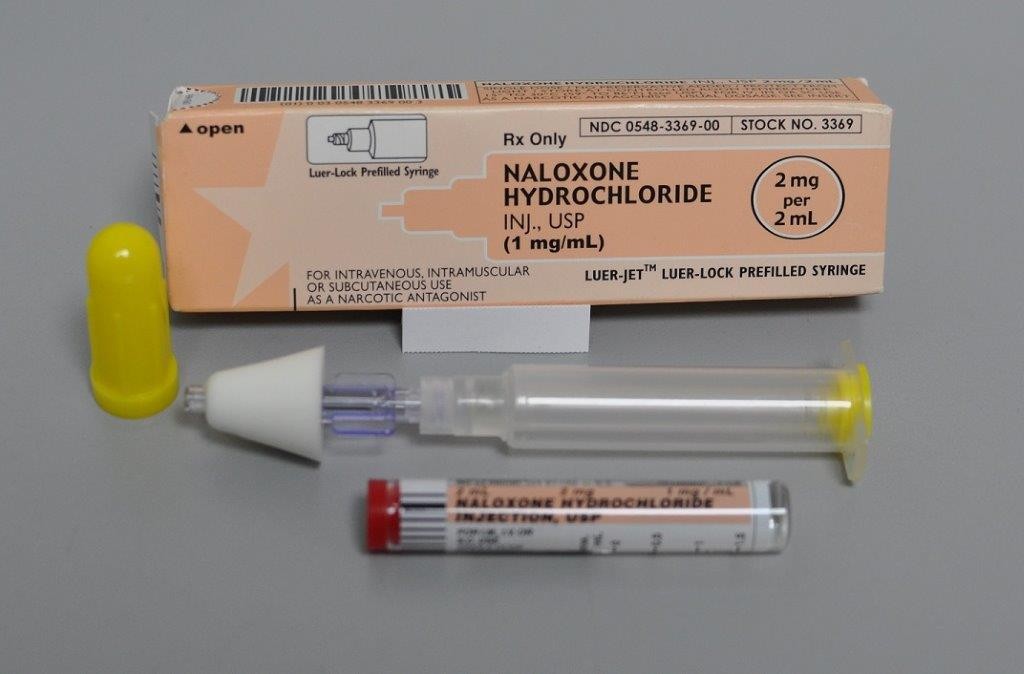MORGANTOWN — Naloxone, an opioid antagonist, saves lives, said Dr. James Berry, director at WVU’s department of behavioral medicine and psychiatry.
The drug, commonly known by its brand name Narcan, works by occupying receptors in the brain that are active when opioids are active in a patient’s system, Berry explained.
“If someone is overdosed on an opioid medicine or heroin, ideally the Narcan will override the existing opioids on those receptors and provide an antidote to help people start breathing again,” he said.
Opioids knock out the brain’s breathing center and the ultimate result of an overdose is to stop breathing, Berry said.
Brain LaRue, a Mon Health EMS paramedic, said he’s given Narcan “more times than I can possibly count.”
He said the drug is effective against any opioid overdose, from pills to heroin, a natural opiate made from the poppy plant.
The drug also works against fentanyl, a synthetic opioid, though Berry said due to the potency of that drug, several Narcan doses may be required.
Fentanyl is about 100 times more potent than morphine and 50 times more potent than heroin, according to the Drug Enforcement Agency.
People with loved ones who are struggling with addiction should “absolutely have Narcan and know how to use it” and even just those who are prescribed an opioid pain medication, Berry said.
He highly recommended ordinary citizens carry a dosage of Narcan — he carries one in his car, he said.
West Virginia, which leads the nation in overdoses, approved access to the drug, and anyone can purchase it without a prescription, Berry said.
Narcan is easy to administer, and WVU Medicine has a video demonstrating the proper technique on its YouTube page.
Berry said the syringe version of the drug is injected into the arm and half of the nasal version should be sprayed into each nostril.
The drug should be given to anyone suspected of overdosing.
Berry said common signs of an overdose include not breathing, making gurgling sounds, and blue lips and fingernails. Overdose patients will also not respond to your voice or to being shaken, he said.
LaRue said as long as the patient has a pulse, it isn’t too late to administer Narcan. He said the nasal variant of the drug can take up to five minutes to be effective, and CPR should be performed until emergency workers arrive, if the patient isn’t breathing.
Narcan is effective for about 15 to 30 minutes depending on what the person overdosed on and how strong it was, Berry said. Sometimes multiple doses can be required, and patients can go back into the overdose if the drug wears off.
While the drug saves lives, it doesn’t solve the addiction crisis, Berry said.
“What needs to happen is we need to make sure those people rescued from overdose get into addiction treatment as soon as possible, so they have a fighting chance in the future at truly working through their addiction.”
Follow The Dominion Post on Twitter @DominionPostWV. Email William Dean: wdean@dominionpost.com




